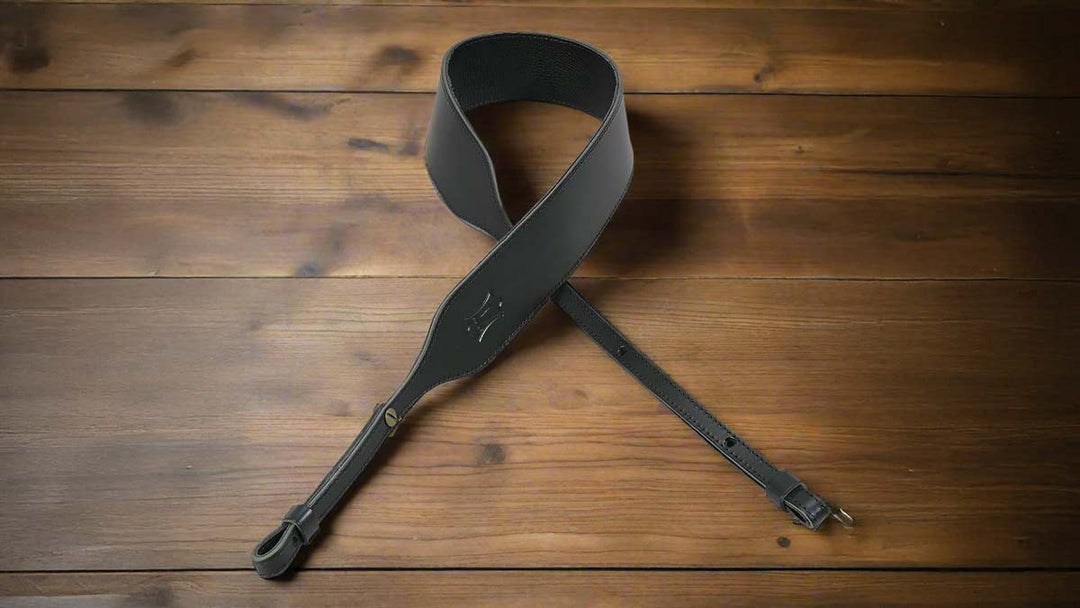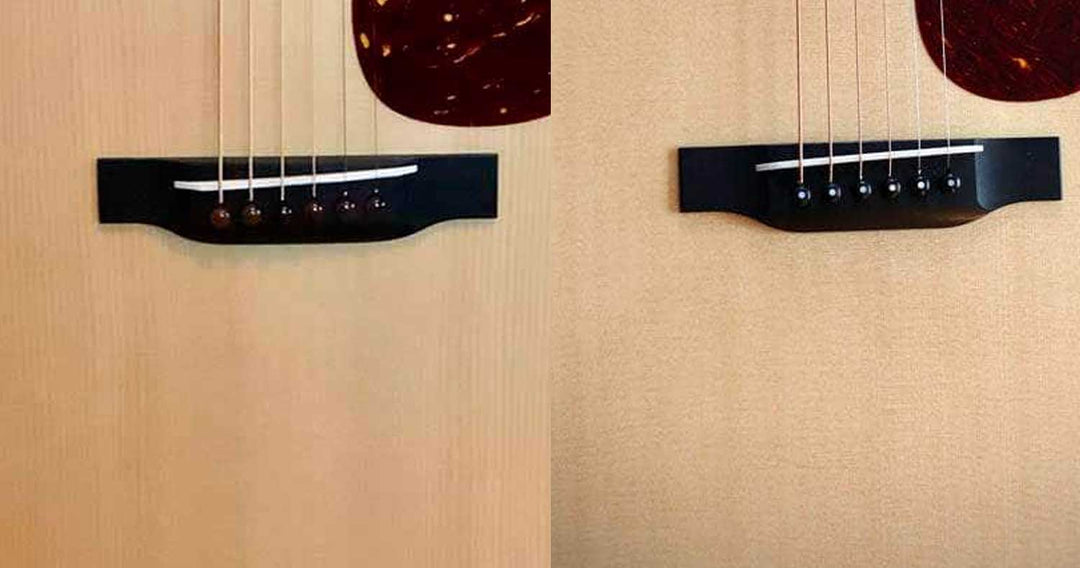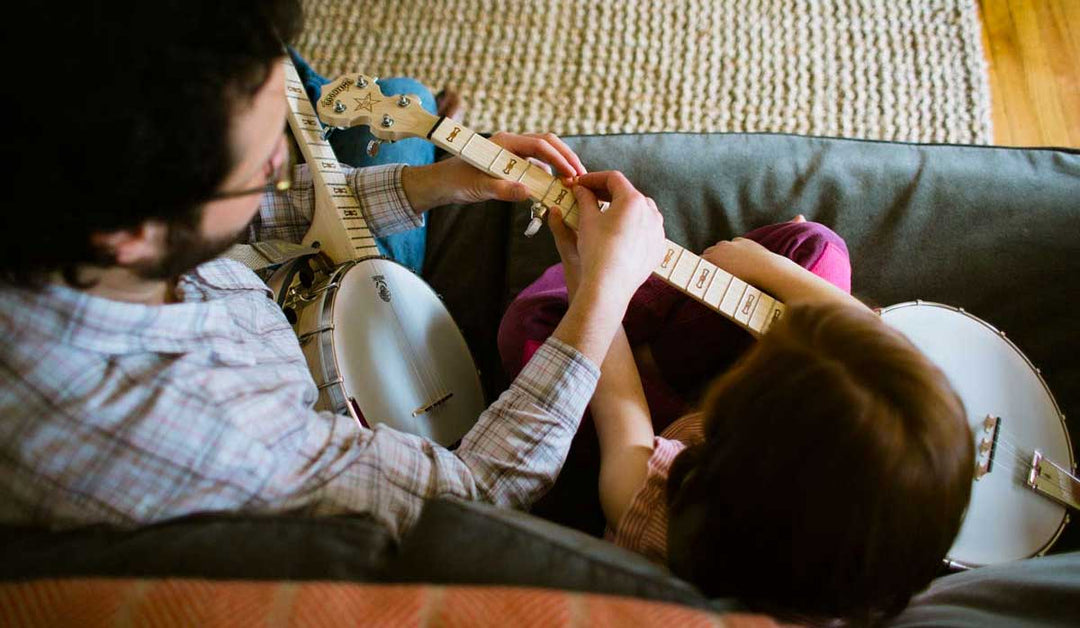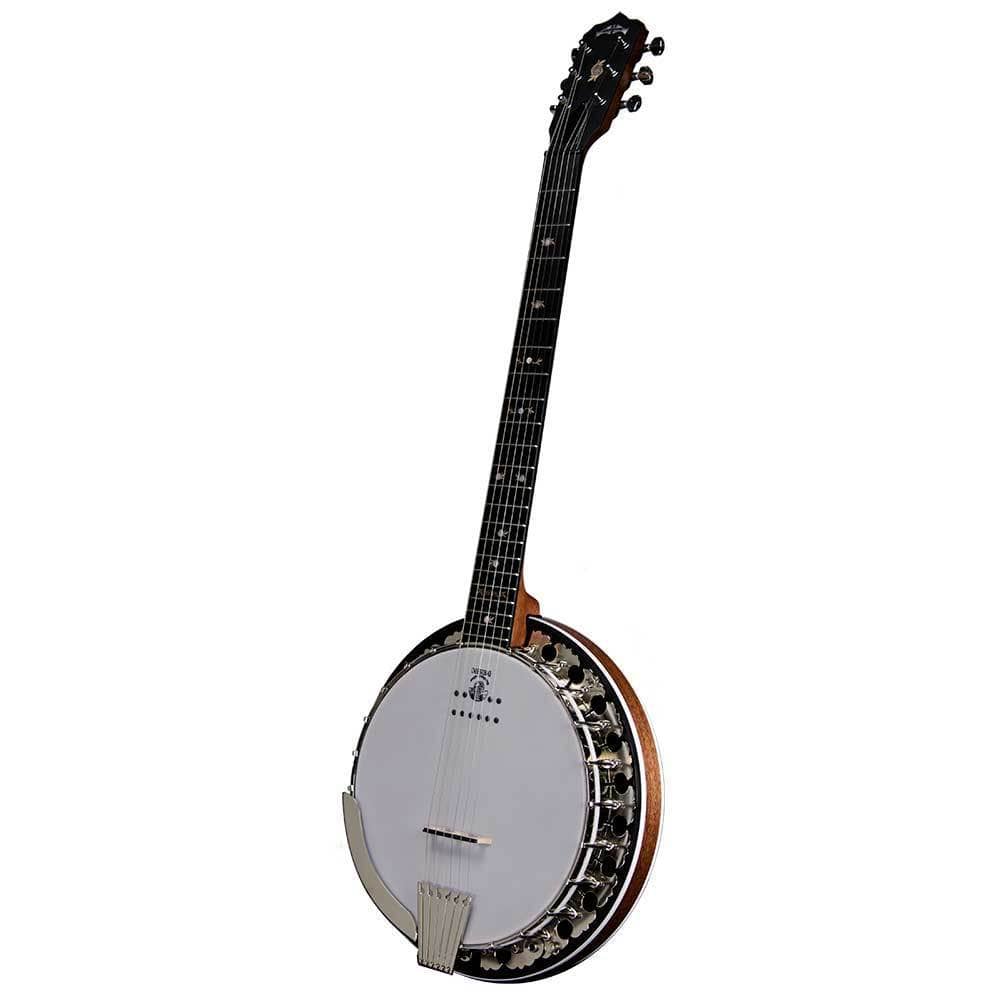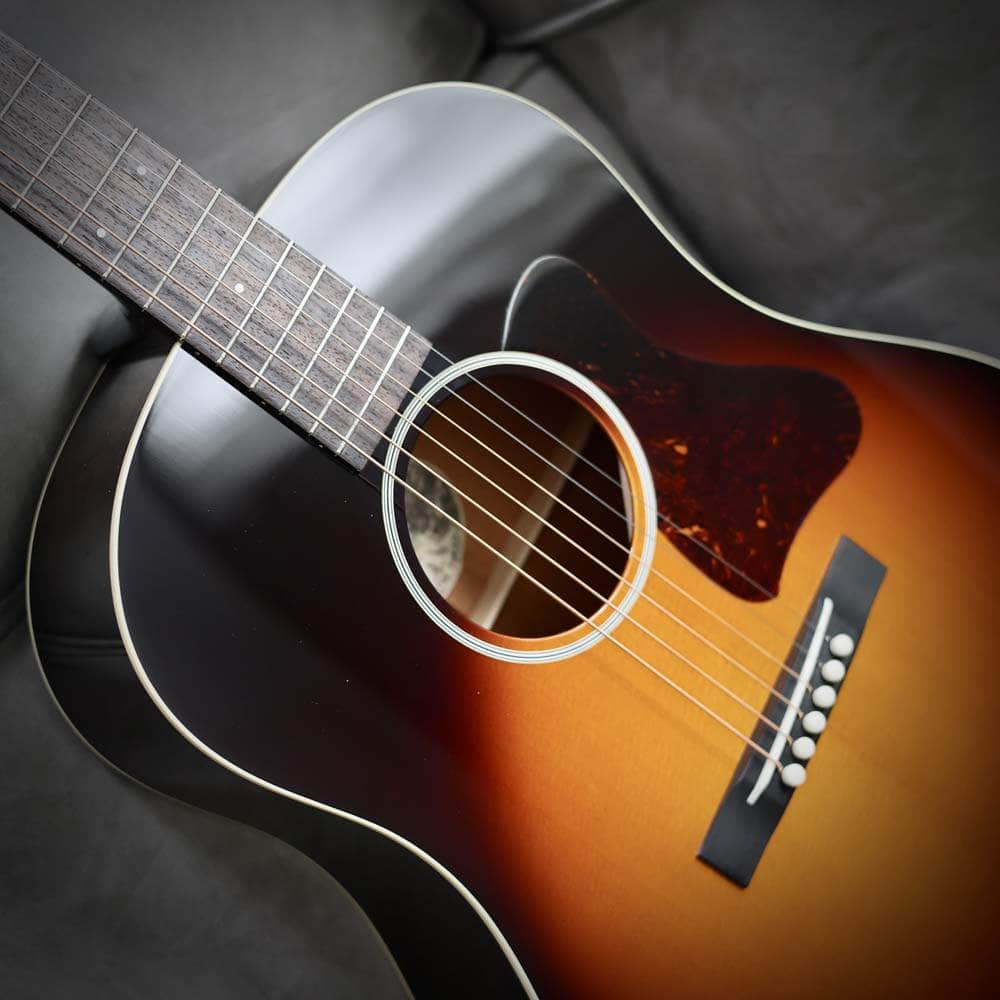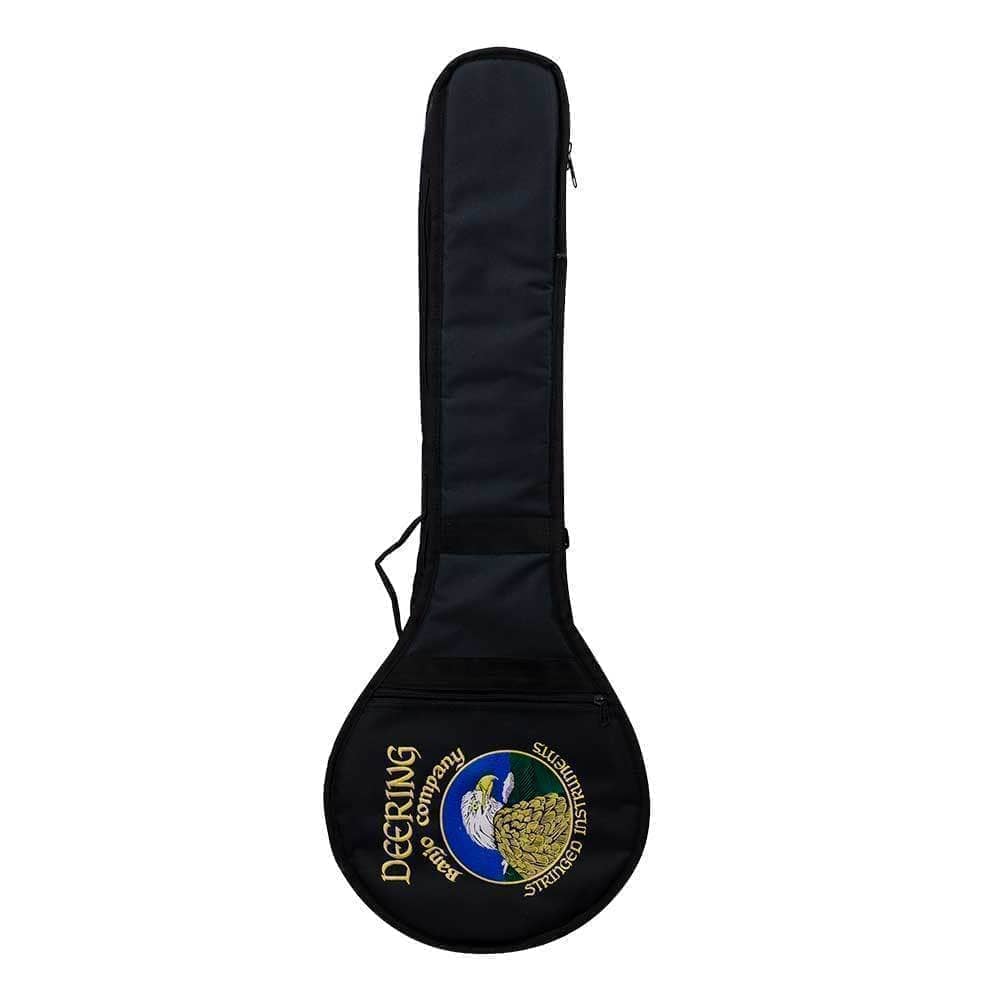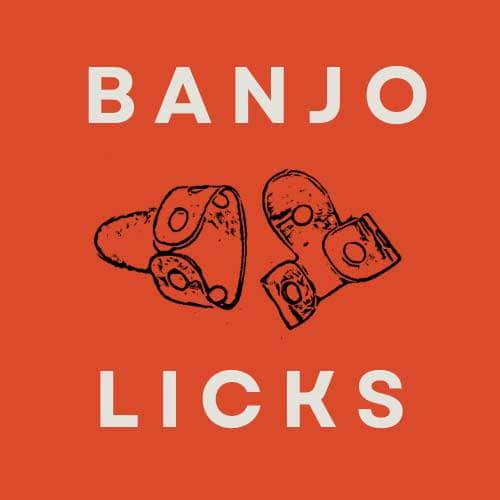Free Shipping on All U.S. Orders Over $35!
Your cart is currently empty.
Located In Loveland, CO
Come Visit Us
By Appointment Only
We are located in the downtown Loveland, Colorado and are happy to meet with you in person to let you play some of our fine banjos in person. Please call with at least 24hrs notice so we can set up a time.
Address
404 E. 7th Street
Loveland, CO 80537
504-270-1257
Free Shipping
We offer free shipping on all orders over $35 shipped within the U.S.
All Instruments Set Up
All of our instruments are fully set up and ready to play. Unbox your new banjo or guitar, tune it up, and start playing!
Made In N. America
All of our new instruments are made of the highest quality in North America.
Subscribe today to get playing tips, podcast announcements, and sales info!
About Your Order
Lifestyle
Get in touch
© 2026
Banjo Studio
Ecommerce Software by Shopify







